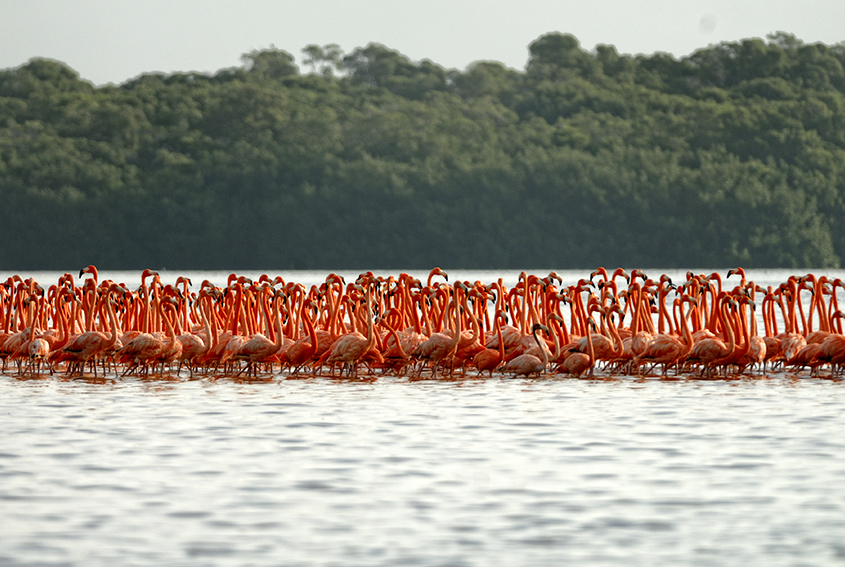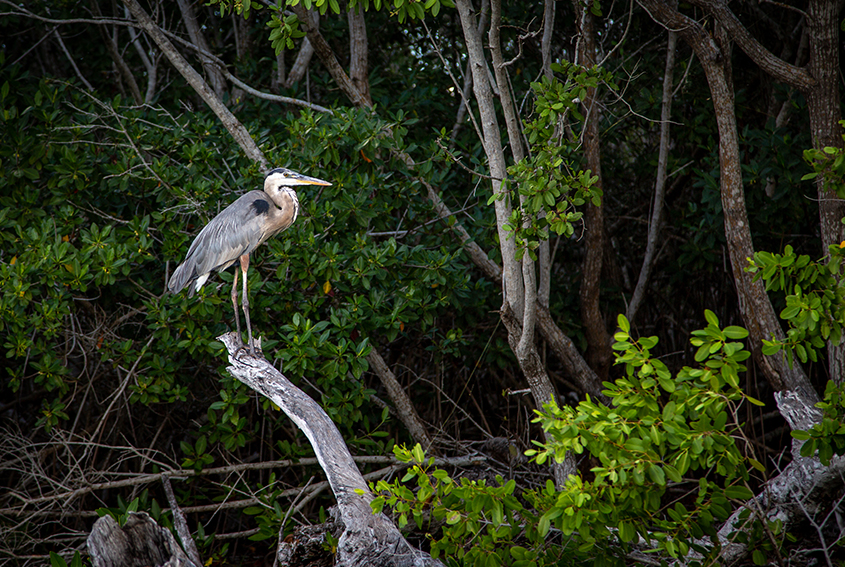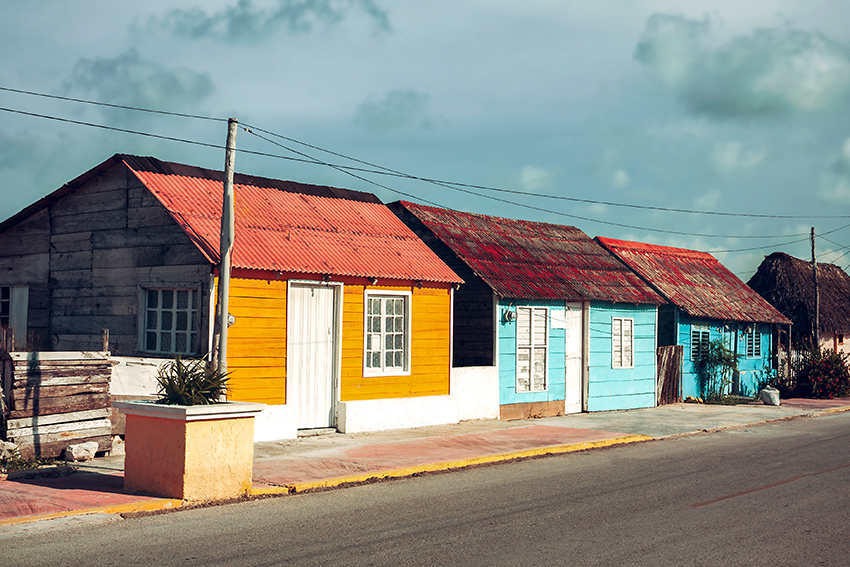Renew your ties with nature this January by visiting one of many Yucatan’s nice wild locations, Ría Lagartos Biosphere Reserve. Witness one in every of its pure wonders, hundreds of flamingos feeding within the salt flats or taking wing. There are such a lot of of them that they actually flip the horizon pink. Nevertheless, it’s not all about flamingos, winter guests to the reserve can even spot flocks of white pelicans, geese, waders, songbirds and even hawks that migrate south to the Yucatan to flee the freezing temperatures of northern climes.
A pure treasure
Stretching alongside the coast of northern Yucatán, Ria Lagartos is a 60,348-hectare biosphere reserve of mangroves, salt marshes, dunes and tropical forest that may be a magnet for hen watchers and nature lovers. It was the primary space of marshland in Mexico to obtain international consideration and to be included on the UNESCO Ramsar checklist of internationally vital wetlands and the federal authorities declared it a reserve in 1979.
The reserve’s organic variety is unimaginable. Scientists have recognized 365 hen species, 58 mammals, together with the jaguar and spider monkey, the prehistoric horseshoe crab, 95 reptiles and amphibians, together with 4 species of sea turtles and the crocodiles or lagartos that gave the reserve its title.

A flash of pink
Ria Lagartos is a refuge for the North America’s largest nesting colony of Caribbean flamingo (Phoenicopterus ruber). You’ll see them in all places you look, excessive stepping by the shallows of their seek for meals, preening their brilliant plumage or taking wing. Flocks of those putting birds fan out from the reserve to feed in lagoons stretching alongside the coast from El Cuyo to Dzilam Bravo, Telchac, Uaymitun and Chabihau and a second colony inhabits the Celestun Biosphere Reserve on the west coast of the Yucatan Peninsula.
Flamingos feed with their heads the other way up, underwater, shifting their beaks backward and forward in a sweeping movement as they stroll ahead. They fire up the mud, sieving it with their spine-covered tongues and extracting minute crustaceans. Typically they stamp their ft in a circle to stir the silt up.
Biologists have found that flamingos spend as much as 70 per cent of their day feeding. The vivid salmon pink plumage of the Yucatan flamingos is the results of a eating regimen based mostly on tiny brine shrimps and different crustaceans discovered solely on this space.

Exploring the wetlands
Fishermen from the waterfront village of Rio Lagartos provide boat journeys alongside the ria or estuary and thru the mangroves to the lagoons and salt flats the place the flamingos feed. Many have been skilled as nature guides and carry hen checklists that will help you determine the species you see throughout your voyage.
Look out for reddish egrets, nice white egrets, inexperienced and blue herons, and flights of wooden storks. You’ll spot ibis, roseate spoonbills, kingfishers, peregrine falcon, black hawks and even hummingbirds. Harder to see are the elusive kukas or boat-billed herons, so named for his or her broad canoe-like payments.

An odd otherworldly panorama
After chugging alongside the ría or estuary and thru the mangrove forest the place crocodiles solar themselves close to the bridge, your boat enters the shallow lagoons the place the flamingos feed. Along with giant flocks of the brilliant pink birds, there are cormorants, herons, white pelicans that fly south from the Arctic Circle and skimmers, black and white seabirds with a particular oversize orange invoice. Lone ospreys patrol the skies and the air is stuffed with squawks, honks and hisses.

On the horizon you may see mounds of the salt that has been extracted from the salt marshes because the days of the traditional Maya. To your left is Las Coloradas, a sequence of brackish salt ponds in vivid shades of pink the place the water is so salty it resembles the Pink Sea, and the white mineral-rich clay is claimed to have therapeutic properties.
The extraordinary blue of a cloudless tropical sky, the dazzling white salt hills within the distance and the brilliant pink salt ponds make this a wierd, otherworldly panorama.
In your return to Rio Lagartos village, spend a while on the waterfront watching pelicans, terns and osprey diving for his or her prey and the fishing boats rocking gently at their moorings. Strive the native seafood; it’s extremely contemporary and scrumptious.
Don’t go away Ría Lagartos Reserve with out visiting the close by fishing village of San Felipe. Its sandy streets are lined with brightly coloured homes; there are extra seafood eating places and the seashore is the proper spot to observe the solar go down over the Gulf of Mexico.

Attending to Rio Lagartos
Ask on the Thomas More Travel desk about visits to Rio Lagartos and Las Coloradas or go to the web site.
If you happen to favor to go to Rio Lagartos at your personal tempo, the reserve is a three-and-a-half-hour drive from Cancun through the toll street or Freeway 180 to Valladolid after which Freeway 295 to the coast, through Tizimin. If you want to spend longer than a day within the reserve, there are small inns on the waterfront at Rio Lagartos; an alternative choice is to remain in Valladolid and drive to the reserve earlier than day breaks, having already booked your boat journey and information for a daybreak departure.
You’ll see birds at any time of the day within the Río Lagartos Biosphere Reserve however they’re extra plentiful at dawn and at sundown once they fly again to their roosts.
